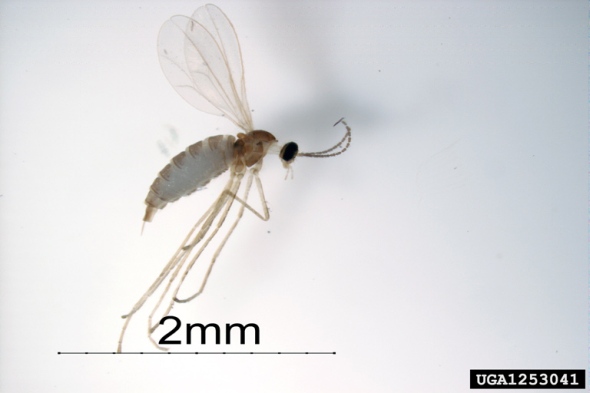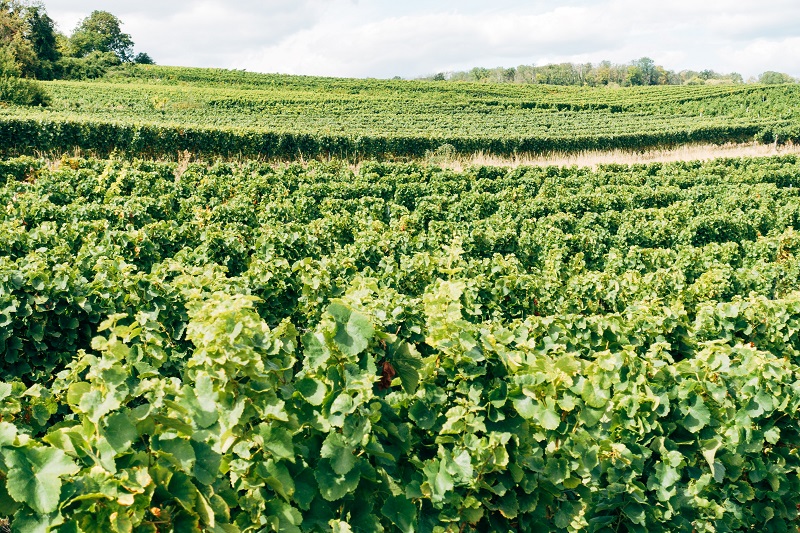New Invasive Vegetable Pest Found In Michigan

Swede midge, now in Michigan, typically spreads to new areas in infested transplant material.
Photo credit: Susan Ellis, USDA APHIS PPQ, Bugwood.org
A potentially serious threat to Michigan’s cabbage, broccoli, cauliflower, and other crucifers has been found in the state for the first time in five organic production fields in Sanilac County.
The Swede midge’s developing larvae cause swelling and severe distortion of young plant tissues, resulting in the death of the growing tip or the development of blind or multiple heads in cruciferous plants. Secondary bacterial infections are common. Swede midge is a threat to both conventional and organic growers, but organic growers may be at greater risk because they lack effective chemical control options.
At this point, the Michigan Department of Agriculture and Rural Development and Michigan State University (MSU) AgBioResearch do not know how the pest was introduced into the state.
Native to Europe and southwestern Asia, Swede midge was identified in North America in 2000, when it was first discovered in Ontario, Canada. The first U.S. detection was made in Niagara County, NY, in 2004. Since then it has spread to at least seven states and six Canadian provinces.
A relatively weak flyer, Swede midge most easily spreads to new areas in infested transplant material. It will also show up near infested crucifer crops grown in the prior season, especially downwind of them.
MSU Extension will be working to determine the extent of the infestation in Michigan, developing monitoring and control recommendations, and educating growers.
Swede midge will be a topic at the Great Lakes Fruit, Vegetable and Farm Market Expo in Grand Rapids on Dec. 8-10, 2015. Crucifer crop growers are strongly encouraged to attend.
Below are a few things farmers can do to protect their crops from Swede midge.
- Use clean transplants;
- Rotate to non-crucifer crops every two or three years;
- Work with MSU Extension on Swede midge monitoring;
- and Apply insecticides.
For more information on the biology and management of Swede midge, visit http://web.entomology.cornell.edu/shelton/swede-midge/.










